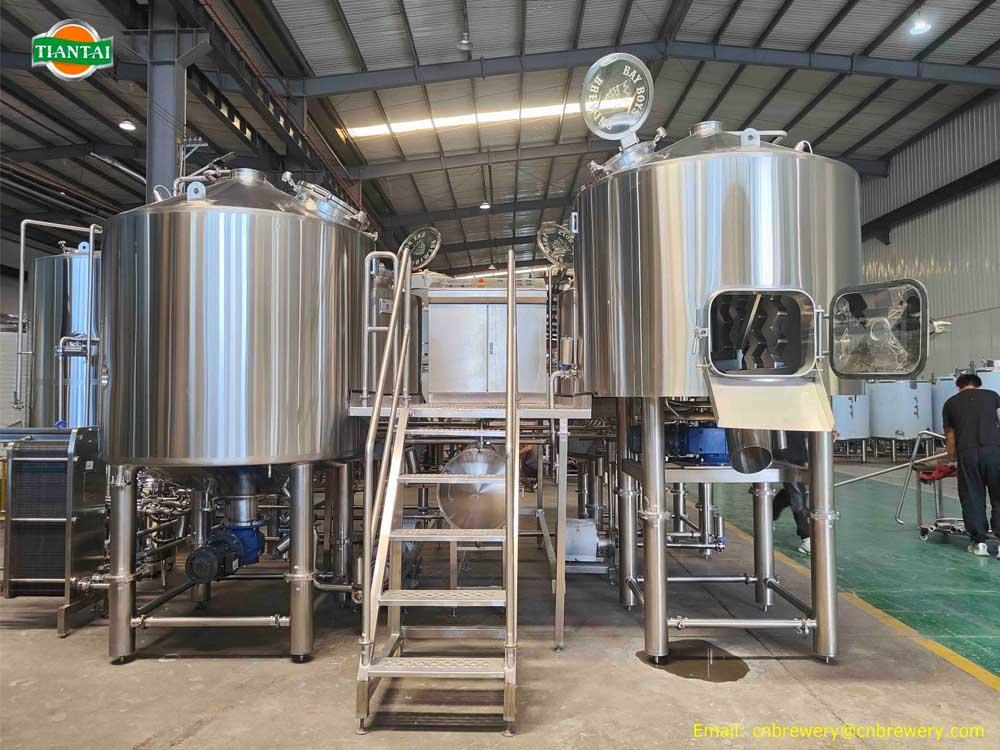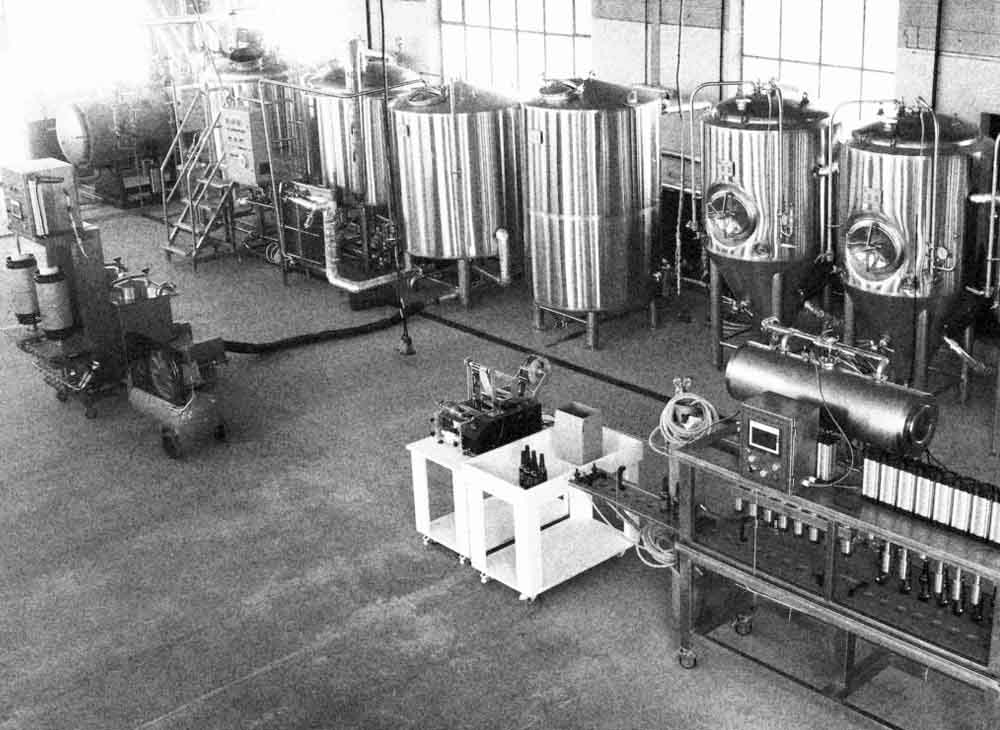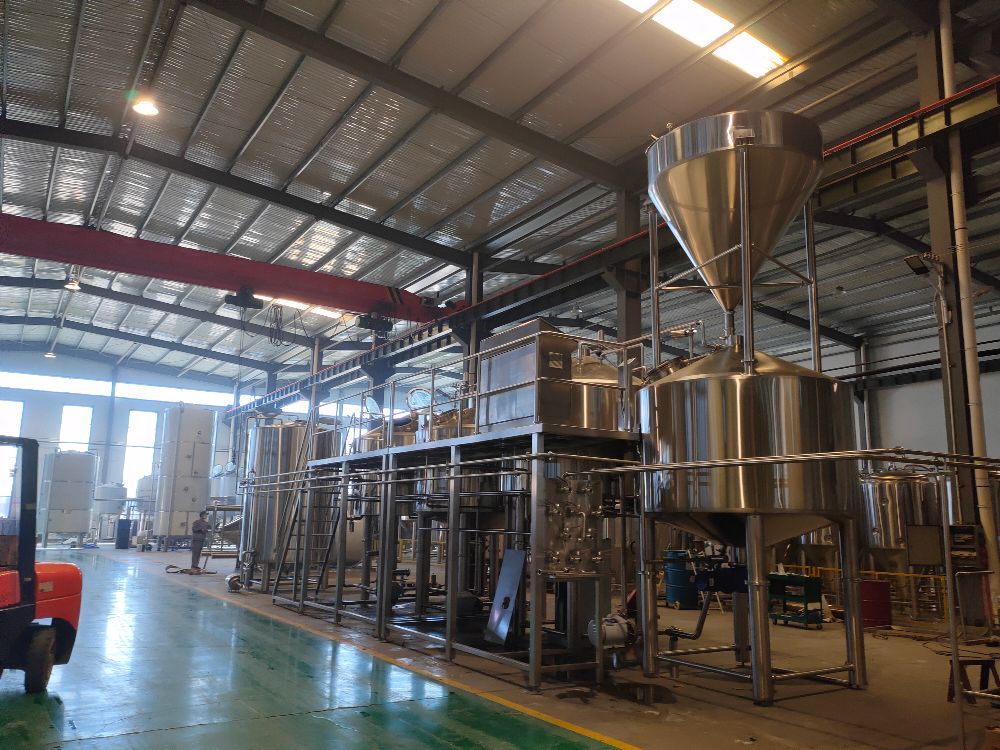The Oxford Companion to Beer definition
- Dec 15, 2021
- 74
- tiantai
Fermentation Vessels, also known as fermenters or FVs (and occasionally spelled fermentors), are the tanks, barrels, or other vessels where wort is held as it ferments into beer.
Fermentation vessels have always been an essential part of even the humblest home-based brewery. They have been almost infinitely varied over time; almost anything that can hold liquid can be a potential fermenter. That said, the technology used for fermentation vessels has progressed considerably during the past 50 years.
Historical Development of Fermentation Vessels
Historically, the development of fermentation vessels has very closely reflected the development of brewing methods and technology. The first beers were probably fermented in animal-skin pouches and carved wooden bowls. Starting in the early Sumerian and Egyptian civilizations (circa 4000 bc), from whence we have the first written records of brewing, the vessels used were ceramic amphora-like jars, probably up to a few hundred liters in size. These ceramic jars remained the fermentation and storage vessels for most beers (and also wines) for thousands of years.

It is in the period between 500 and 1000 ad that we see the first historical evidence of brewing methods in northern Europe. By this time the preferred fermentation vessel was made of wood, usually oak, and oak remained a preferred material well into the 1800s. See oak. Raw unlined wood was used at first, but by the 1800s most wooden fermentation vessels were lined with some sort of tar, pitch, or resin. The lining acted as an inert surface that prevented the beer from coming into direct contact with the rather soft, rough, and penetrable surface of the wood. Lined wooden vessels could be cleanedmore effectively, thus significantly increasing the stability of the beer against both microbiological infection and off-flavors from the wood itself. Wooden fermentation vessels were constructed in various dimensions—small or large, open or closed, upright or horizontal. Until quite recently, the fermentation vessels at Pilsner Urquell were still a forest of open wooden vats, each on its own pedestal. See pilsner urquell. By the time of the Industrial Revolution, many wooden fermenting vessels were enormous in size. The most famous (or infamous) of them was a fermenting vat at the Meux “Horse Shoe” Brewery in London. See meux reid & co. This wooden fermentation vessel was 22 ft tall and held over a half million liters of fermenting beer. At 6:00 pm on October 17, 1814, one of the 29 giant iron hoops that secured the vessel snapped. The vat burst, causing a chain reaction with surrounding vats, blowing out the wall of the building, and flooding the street. Two houses were washed away and nine people died in the “London Beer Flood.”
Derrick
Sales Manager
[email protected]
Tiantai Beer Equipment
Fermentation vessels have always been an essential part of even the humblest home-based brewery. They have been almost infinitely varied over time; almost anything that can hold liquid can be a potential fermenter. That said, the technology used for fermentation vessels has progressed considerably during the past 50 years.
Historical Development of Fermentation Vessels
Historically, the development of fermentation vessels has very closely reflected the development of brewing methods and technology. The first beers were probably fermented in animal-skin pouches and carved wooden bowls. Starting in the early Sumerian and Egyptian civilizations (circa 4000 bc), from whence we have the first written records of brewing, the vessels used were ceramic amphora-like jars, probably up to a few hundred liters in size. These ceramic jars remained the fermentation and storage vessels for most beers (and also wines) for thousands of years.

It is in the period between 500 and 1000 ad that we see the first historical evidence of brewing methods in northern Europe. By this time the preferred fermentation vessel was made of wood, usually oak, and oak remained a preferred material well into the 1800s. See oak. Raw unlined wood was used at first, but by the 1800s most wooden fermentation vessels were lined with some sort of tar, pitch, or resin. The lining acted as an inert surface that prevented the beer from coming into direct contact with the rather soft, rough, and penetrable surface of the wood. Lined wooden vessels could be cleanedmore effectively, thus significantly increasing the stability of the beer against both microbiological infection and off-flavors from the wood itself. Wooden fermentation vessels were constructed in various dimensions—small or large, open or closed, upright or horizontal. Until quite recently, the fermentation vessels at Pilsner Urquell were still a forest of open wooden vats, each on its own pedestal. See pilsner urquell. By the time of the Industrial Revolution, many wooden fermenting vessels were enormous in size. The most famous (or infamous) of them was a fermenting vat at the Meux “Horse Shoe” Brewery in London. See meux reid & co. This wooden fermentation vessel was 22 ft tall and held over a half million liters of fermenting beer. At 6:00 pm on October 17, 1814, one of the 29 giant iron hoops that secured the vessel snapped. The vat burst, causing a chain reaction with surrounding vats, blowing out the wall of the building, and flooding the street. Two houses were washed away and nine people died in the “London Beer Flood.”
Derrick
Sales Manager
[email protected]
Tiantai Beer Equipment




